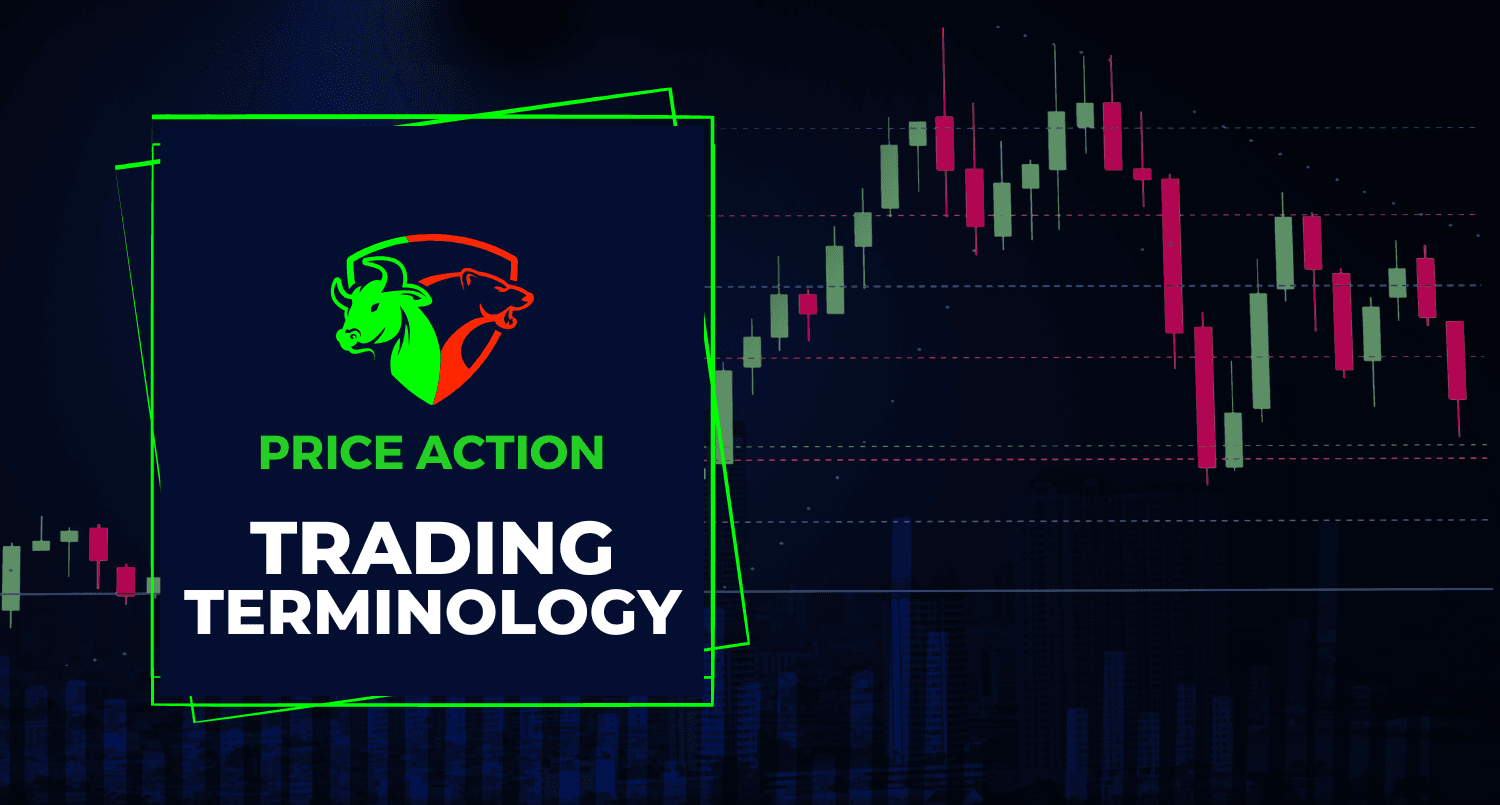Trading Terminology: Understanding When to Go Long
In the world of trading, understanding key terms is essential for making informed decisions. One such fundamental term is “going long.” If you’re new to trading, you may have heard this phrase but might not fully grasp its meaning or implications. This blog post will break down what it means to go long, when to apply this strategy, and key considerations for traders.
What Does It Mean to “Go Long”?
Going long refers to buying an asset, such as a stock, forex pair, or commodity, with the expectation that its price will increase over time. When a trader goes long, they anticipate selling the asset later at a higher price to secure a profit. This strategy contrasts with “going short,” which involves selling an asset first with the intention of buying it back at a lower price.
When Should You Go Long?
While going long is a common trading strategy, timing is crucial. Here are some key factors to consider before taking a long position:
- Market Trends: Identifying a strong uptrend using technical analysis indicators like moving averages and trendlines can help determine the right time to go long.
- Fundamental Analysis: Analyzing economic reports, earnings announcements, and global market conditions can support a long position by confirming an asset’s growth potential.
- Support Levels: Buying at strong support levels where price historically rebounds increases the chances of a successful long trade.
- Economic News & Events Positive economic data, central bank policies, or geopolitical stability can be strong catalysts for a long position.
Risk Management for Long Positions
Going long may seem straightforward, but proper risk management is crucial to avoid significant losses. Here are a few strategies:
- Set Stop-Loss Orders: A stop-loss order helps minimize potential losses if the market moves against your position.
- Diversification: Investing in multiple assets reduces the risk associated with a single trade.
- Position Sizing: Adjusting the size of your trade relative to your risk tolerance ensures you don’t overexpose your capital.
Final Thoughts
Understanding when to go long is a key skill for any trader. By analyzing market conditions, economic trends, and risk factors, you can make informed decisions and improve your trading strategy. Whether you’re a beginner or an experienced trader, mastering this concept will help you navigate the markets more effectively.
Are you ready to go long? Share your thoughts and experiences in the comments below!



